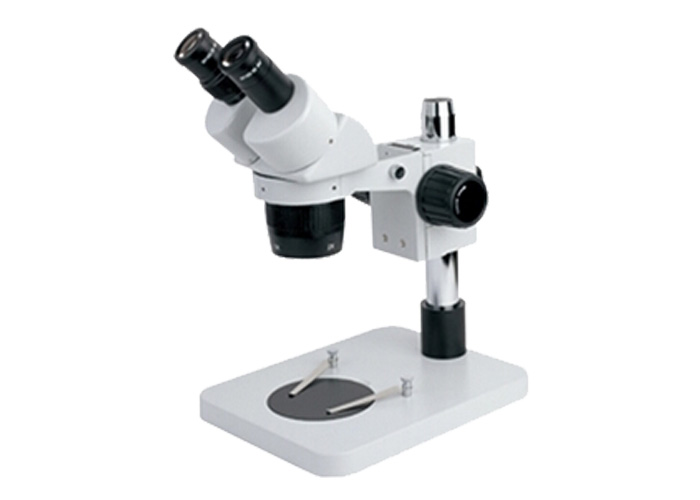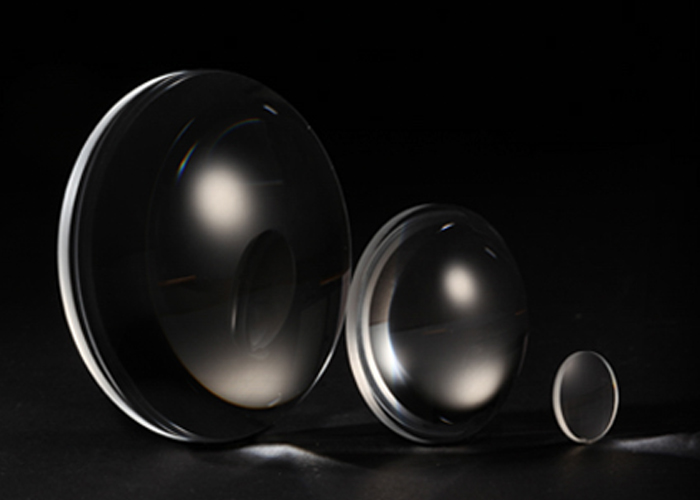Repair method of the biological microscope:
Hold the coarse adjustment knob on one side with both hands, and tighten the coarse adjustment knob in a clockwise direction. If it does not work, the washer must be thickened. Use needle-nose pliers to insert into the double-eye nut on the end face of any coarse adjustment knob, unscrew it, remove the coarse adjustment knob, take out the plastic washer, cut a washer of the same diameter with green paper or thin plastic sheet, and clamp it between the original washer and reinstall the coarse adjustment knobs. If it takes a lot of effort to turn the coarse adjustment knobs, it means that the washer is too thick. You should replace it with a thinner washer. In short to rotate the rough adjustment or there is a certain resistance to the mirror cylinder is not easy to slide.

3. The light collector cannot be positioned or stuck
There are two common types of light collectors: one is a disc or a diaphragm, which has circular holes of varying sizes. This kind of light barrier is positioned by the positioning springs and balls under the stage being stuck in the positioning holes of the disc. When the ball is lost or the spring fails, the light beam may not be positioned.
The repair method is to replace the ball or spring. Now some manufacturers have changed this positioning method that relies on springs and balls to rely on spring plates for positioning. This structure is firmer and less likely to be damaged.
The other is a rainbow light beam, which is composed of twelve arc-shaped thin steel sheets (that is, light-shielding sheets). You can change the size of the aperture as long as you move the handle on the sliding right.
The common fault is that the small steel column on the shading sheet falls off, causing the handle to jam and the aperture cannot be changed.
The repair method is to use a small screwdriver to loosen the two fixing screws on the light barrier, take out the shading sheet, reinstall the small copper pillars that fell off on the shading sheet, and glue the small copper pillars firmly with 502 glue to prevent them from falling off. When installing, pay attention to that the two small copper posts on each shading film should be in opposite directions. Or find a small piece of copper wire with a thickness that closely matches the aperture on the light sheet to make small copper pillars and install it, and then place the base plate of the light barrier (a circular plate with twelve small holes is called the base plate) upward, and place each piece The small copper pillars at one end of the light-shielding sheet are inserted into the small holes of the bottom plate, and are arranged neatly one by one in the counter-clockwise and outward direction. Then put the sliding groove on the sliding plate on the small copper column at the other end of the above-mentioned light-shielding sheet in turn, cover the cover plate, and tighten the three fixing screws. If the light-shielding sheet is broken, just take out the broken light-shielding sheet. The fence can still be used normally, if more than two pieces are broken, you should purchase a replacement from the manual rotation stage manufacturer.













